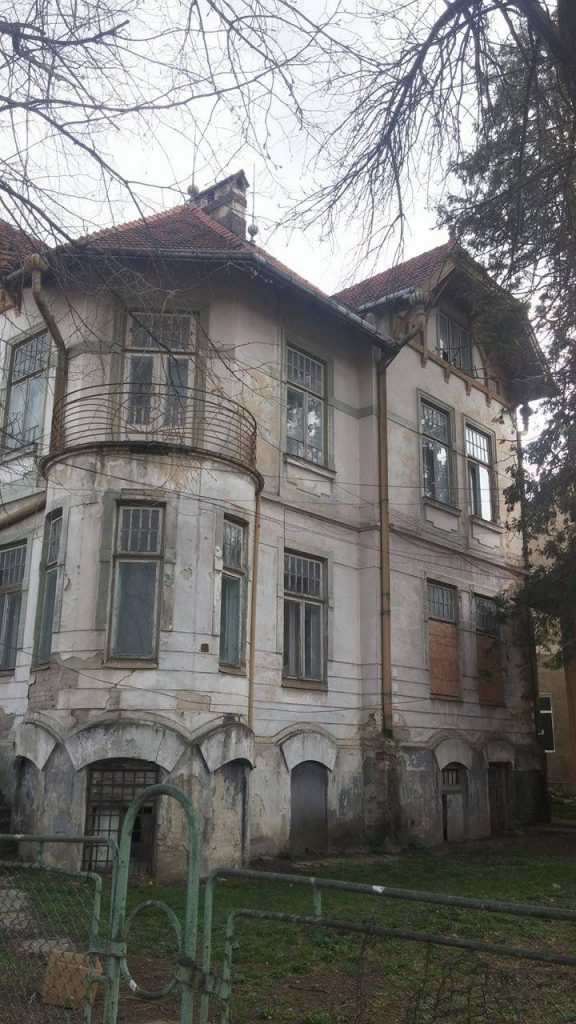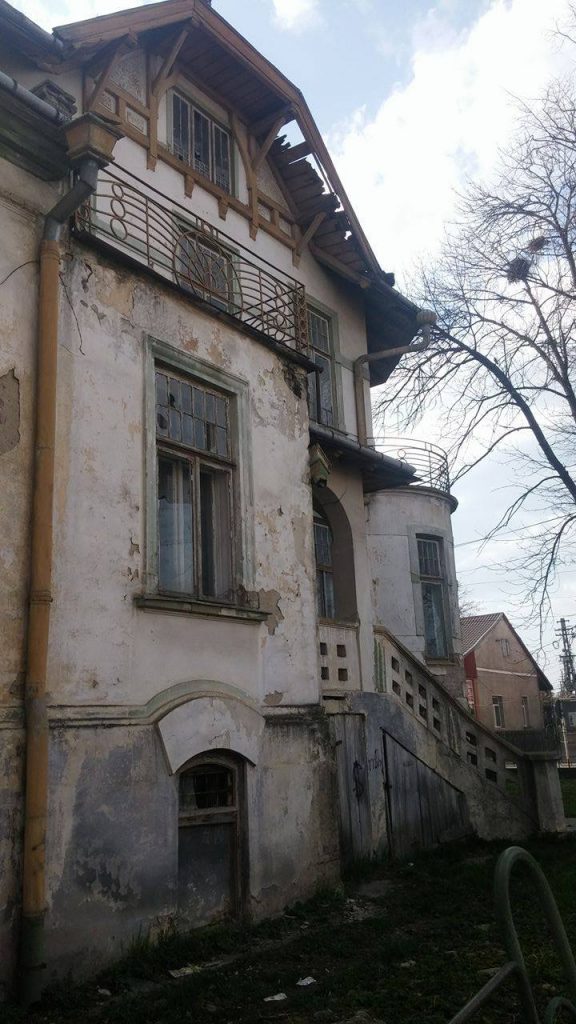

[…] The Comet Tempel-Tuttle and the Leonid asteroid showers were visible from earth in 1866. They appeared just after writing my ‘Prophecy’ which was also the time people were fighting and dying in the Austro – Prussian war. But war sagas are not relevant to describing this city. This city is called Czernowitz and the year is 2010. What will Czernowitz look like in the next Millennium? If my views have any truth, we must move forward, not backwards and imagine that our city of the future will have water mains, good drainage, electric lighting and will look like as follows in the year 2010. Join me with my prophetic thoughts.
It is 10 May 2010 and 5 clock in the morning. The Graubart House and Beck’s Real Estates have gone. The Town Hall next to it now has an empty space on one side. It is springtime and a gorgeous fountain splashes its crystal clear water onto highly decorated metallic bowls, surrounded by beautiful fragrant gardens. Peace and tranquility prevail, the streets are much wider, the old buildings on the main square have disappeared, and well-appointed new structures fill the spaces where there were once narrow streets. Trams travel up and down these widened thoroughfares. This is a busy place, the streets are filled with people and there are many fabulous large new buildings, but I go further. In the main square, Elisabeth Square, buildings are made entirely out of glass. One of them contains a huge pool, where live fish swirl. Plantings of beautiful fragrant gardens are laid out in between. Gleaming roof tops are covered in bronze and shine Zen like in the May sunshine. Always lively is the bustle of people in our city. School children from the local school run fast because it is nearly 8 clock in the morning. This is happening in of all places, Austria! What a glorious sight! In the middle of all this, is a park, with another fountain, an example of splendid contemporary art, as well as modern houses built in modern-day designs, elegant and beautifully finished in glistening bronze. One historic monument standing silently and respectfully is the old courthouse, remembering that Law and Justice at all times should be the foundation of humanity.
For me the best part of any future construction in the next Millenium, is the Cecina Gasse which consists of a small bridge with a road reaching to the summit of Mount Cecina in the nearby Carpathians. Electrified railways go backwards and forwards carrying thousands of people. The route is only 5 kilometers long. I get into a car and within a few minutes reach the summit. Beautiful villas sit side by side, built in rustic style. An energy is found up here, fabulous restaurants and bands are playing, making everyone happy all breathing the freshest forest and mountain air, with wonderful wide vistas far into the distance. Life here is full of excitement and anticipation. Cecina now a city, is a splendid sight with its sunlit buildings and tall tower blocks. One brand new invention of the new millennium delights many admirers. There is a small cottage which has cameras and telephone devices so the inhabitants can use these between towns. People are able to see and speak to each other at the same time. I am lost in this world of the future! […]

Dr. Jakob Flinker
Courtesy: Jill Rothwell/Bieder • Read more at: Jill Rothwell’s Family Connection to Czernowitz









